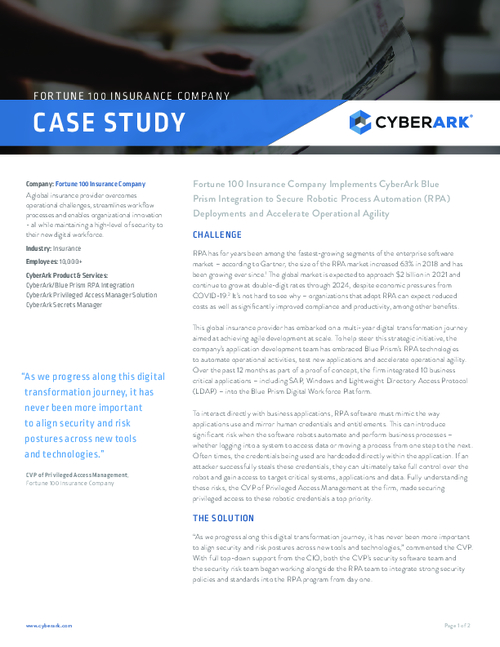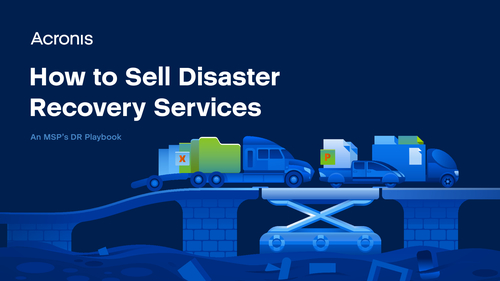Business Continuity Management / Disaster Recovery
Swine Flu: 5 Tips to Ensure Pandemic Preparation
Expert: "The Question is: Are We Ready?"
This new outbreak, which began in Mexico and has now spread to the US, Canada, several South American countries and parts of Europe and Asia, has led governments, including the U.S. to declare a state of emergency. The World Health Organization (WHO) on Monday changed its pandemic alert level to Phase 4 for the first time, which means the transmission of the Swine Flu has now reached sustained, human to human transmission. Pandemic status begins at Phase 5.
"All institutions should have contingency plans," says David Barr, spokesperson for the Federal Deposit Insurance Corporation (FDIC). Indeed, regulators have been closely watching the developments of pandemic planning by banking institutions, and issued two interagency advisories (Advisory 1; Advisory 2) on a pandemic flu situation.
The industry has prepared for such an event since 2006, says business continuity planning expert Dana Turner. "The question is: Are we ready? The answer is no. I think we're more aware -- there have only been tests, including the national industry desktop exercise held in the fall of 2007," Turner says. "But now we're facing the possibility of having a real pandemic."
How Prepared Are We?
The 2007 desktop exercise had 2500 institutions participating, says Doug Johnson, Senior Policy Advisor at the American Bankers Association (ABA). Johnson says even if the current pandemic situation doesn't get any worse and dissipates, "This is one of those teachable moments that answers the questions of BCP planners who have been wondering all along if their work meant anything or held any value for their institutions. It's time to impress upon employees and customers the importance of their work and their role."
Anthony Demangone, Director of Regulatory Compliance at the National Association of Federal Credit Unions, (NAFCU), sees there are some "good news" points coming out current events. "There has been a lot of work done in preparing for this. The FFIEC made it mandatory that every institution have a pandemic plan in place."
Turner likens the preparations and testing so far as a kind of "driver education course." A new driver takes all the training on a simulator, "but until they get behind the wheel and drive for real, they don't know how well they will do," Turner notes. One area that is of great concern in his estimation of the industry is smaller, community banks and credit unions that, because of their lack of additional resources, might suffer in a full-blown pandemic situation.
Turner's advice to them: "They don't have to look too far for help. The FFIEC, FRB, OSHA, NCUA, CDC all have much information available for preparation and planning. It's a matter of finding out what is pertinent to them in their situation."
Future of Pandemic's Path, Actions
Institutions may want to look to local authorities to find out at what point they would begin social distancing, including when schools could shut down, says Demangone. "This is because institutions will need to consider what employees will need to do," he says. A secondary effect of schools closing down is parents have to stay home, which means institutions would be affected in terms of manpower for the week, two weeks or even longer if schools indeed closed.
He also recommends as a precautionary measure to check with the ATM processors the institution uses. "Ask them who will be loading machines, will they be prepared and will they be loading enough money into the machines when they are being loaded?" One recommendation: Institutions that may face reduced ATM loads may want to consider loading $50s and $100s in ATMs instead of just $20s.
Institutions may also consider raising non-banking institution ATM fees, so the institution's own customers have access to money in ATMs. "This is not to gouge non-bank customers, but to ensure your customers have access to cash."
Telecommuting, Demangone says, is an interesting solution, but it has pitfalls. "It has to be tested and retested to ensure that work can get done." The "last mile" hurdle of slow Internet access to employee homes is also another consideration when deciding whether employees will be effective in telecommuting.
The industry's associations are poised and ready to take further action should conditions escalate, says Johnson. "We are very engaged with FSSCC, FS-ISAC and other key organizations in response coordination," he states. Operational meetings are being held, and the council is holding regular calls on this and will be ready and is poised to take action if needed. "One great lesson learned so far, is the velocity that this type of event can take. If nothing else happens --this is a key takeaway to realize we have to take these events seriously," Johnson notes. While BCP and disaster recovery professionals at institutions already know this, it is imperative to get it "baked in" at all institutions.
Five Tips for Pandemic Preparation:
- Initiate your institution's pandemic plan. Begin monitoring where your institution is in your plan. Document actions you're taking for follow-up later. Plan to hold regular update meetings as needed to monitor pandemic plan and progress.
-
Hold informational meetings with all of your employees as soon as possible. There has already been a lot of misinformation out there; give them the facts from the WHO or Centers for Disease Control and tell them what are expectations for them so far in your institution's pandemic plan and what to do if they or family members fall ill with the flu. Educate them on hygienic measures they can take to reduce exposure to the flu virus. Tell them the kinds of actions to take with customers, proper handling of cash and other instruments, and procedures during the pandemic.
Two websites for educations and information:
Centers for Disease Control (CDC) website.
The World Health Organization also has useful information. - Check with your local health authorities and government bodies regarding their preparation and action items as the situation unfolds.
- Put out hand sanitizers and antibacterial wipes for employees to use in office areas. Have stockpiles of latex gloves and masks on hand for employees to use, should your region have an outbreak of swine flu.
- Continue to monitor the news about further outbreaks or actions taken by governments about the spread of the swine flu. Check both local and national news for updates, as well as the WHO and CDC websites for updates on a regular basis. Assign someone at your institution to do this and report back what is happening throughout the day.






















